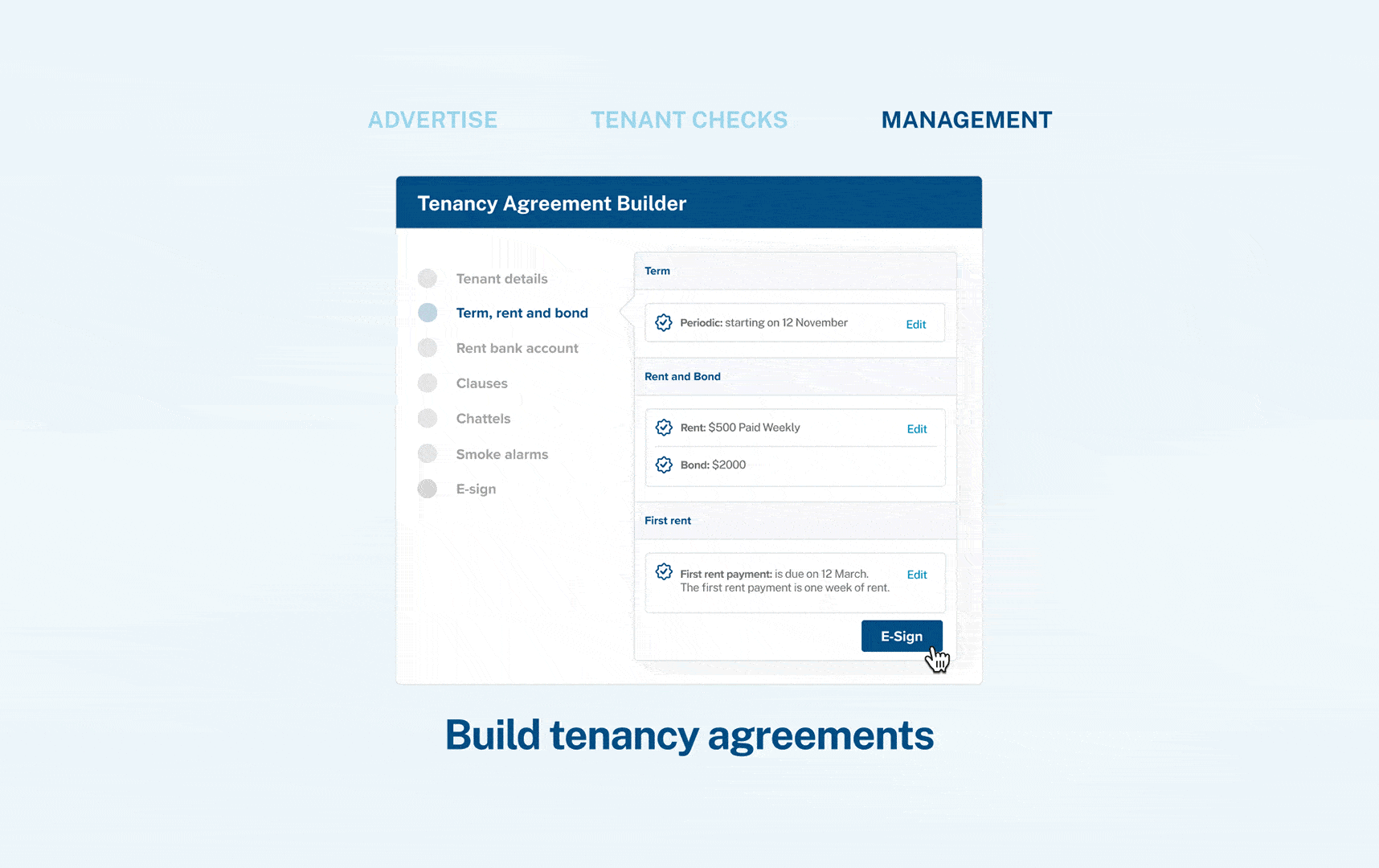Choosing the right type of tenancy requires a good understanding of your current needs and future plans. Whether you value stability or flexibility, going fixed or periodic depends on your circumstances.
Understanding Fixed-Term Tenancies
A fixed-term tenancy is a rental agreement that lasts for a specific period, usually from a few months to a few years. Under the Residential Tenancies Act, this kind of agreement provides stability for both the tenant and the landlord.
Long-Term vs Short-Term Fixed Tenancies
Long-Term Fixed Tenancies
Duration and Flexibility:
- Long-term fixed tenancies are typically set for periods longer than one year. The Residential Tenancies Act specifies no maximum duration in agreement length, which allows for significant flexibility.
Stability for Tenants and Landlords:
Tenants enjoy guaranteed housing during the lease period without fear of unexpected termination, providing stability.
Landlords benefit from consistent rental income, ensuring financial predictability and security.
Transition to Periodic Tenancies:
- Upon the expiry of a fixed-term tenancy, it automatically becomes a periodic tenancy unless both parties agree otherwise. When this occurs, the landlord and tenant remain bound by the terms of the original agreement, including the terms regarding rent.
Rent Increases:
- Rent can only be increased within fixed-term tenancies if the tenancy agreement explicitly allows for it. This emphasises the importance of a clear, well-drafted agreement from the start.
Early Termination Provisions:
- Early termination of a long-term fixed tenancy is possible only through mutual agreement between the landlord and tenant.
Short-Term Fixed Tenancies
General Purpose:
- Short-term fixed tenancies are designed to last 90 days or less, catering primarily to temporary or seasonal accommodation needs.
Duration Limitation:
- These tenancies cannot be extended beyond 90 days, ensuring that the short-term nature of the agreement is preserved. This is particularly useful for landlords who need the property back for personal use or are in between long-term rental agreements.
Non-conversion to Periodic Tenancies:
- Unlike longer fixed-term tenancies, short-term agreements do not automatically convert to periodic tenancies at the end of the term. This provides a clear end date without the need for notice.
Trial Periods:
- Short-term tenancies cannot be used as trial periods for assessing potential long-term tenants.
Rent Regulations:
- Rules about market rent do not apply to short-term tenancies, as do the rules about increasing the rent after making improvements.
More information on Short fixed-term tenancies can be found on Tenancy Services site

Understanding Periodic Tenancies
Periodic tenancies do not have a fixed end date. This type of tenancy continues until either the landlord or tenant gives notice to terminate, according to regulations specified in the Residential Tenancies Act.
The lack of a fixed term means that landlords can more easily reclaim the property for personal use after giving proper notice. Landlords can terminate a periodic tenancy with ‘no cause’ by providing 90 days' notice. The tenants can also move out with relatively short notice, which is typically 21 days.
Read more on valid reasons to terminate tenancy agreement
Which Should You Choose?
The choice between a periodic and fixed-term tenancy often depends on individual circumstances:
Fixed-term tenancy is typically preferred by landlords who want to secure a tenant for a specific period without worrying about finding new tenants frequently.
Periodic Tenancy offers more flexibility, making it suitable for landlords who are unsure of their long-term plans or who might need to reclaim the property.
Legal Tips for Landlords and Tenants
Both landlords and tenants should ensure they comply with all aspects of the Residential Tenancies Act to avoid legal complications. It's crucial to be well-informed and responsible. Proper documentation is key; having a clear, comprehensive tenancy agreement that outlines all terms and conditions can prevent disputes and misunderstandings.
Streamline Your Tenancy Agreements with myRent
To present yourself as a professional landlord and ensure compliance with legal standards, consider using myRent's agreement builder. This tool helps you create customised, professional tenancy agreements, which landlords and tenants can digitally sign (including necessary additional paperwork like insurance and Healthy Homes compliance statements). This not only simplifies the process but also enhances your professionalism. Learn more
The information contained in this article is exclusively for promotional purposes. It does not in any way constitute legal advice and should not be relied upon as the basis for any legal action or contractual dealings. The information is not and does not attempt to be, a comprehensive account of the relevant law in New Zealand. If you require legal advice, you should seek independent legal counsel. myRent.co.nz does not accept any liability that may arise from the use of this information.

